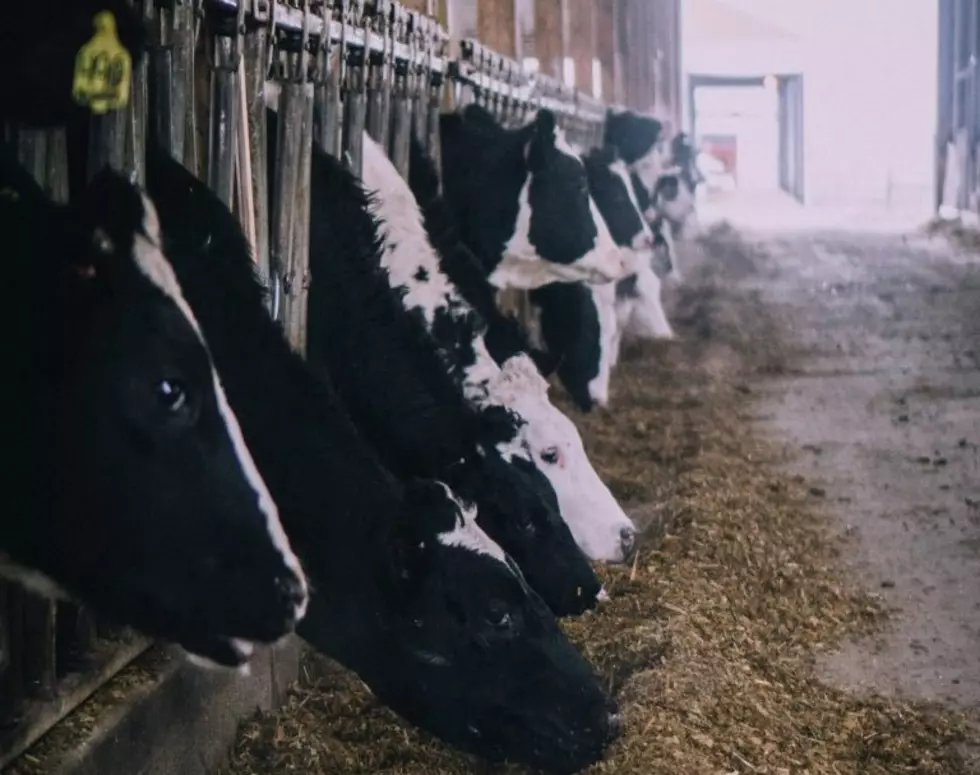
When Buying Cheese What Do Consumers Want?
New research from Oregon State University sheds light on consumer habits and food labels, specifically with cheese.
“Well, cheese is interesting and Oregon has a lot of great cheeses, with a lot of small producers," noted OSU Assistant Professor of Applied Economics Nadia Streletskaya. "And for them, it’s not really clear how to spend the limited marketing money that they have in the best possible way.”
Hundreds of cheese-lovers from around the country took part in the study, of how certain information on a label can influence consumer buying.
“To see whether it’s better to provide some information about the taste of the cheese, about the sensory profile, how it feels, what it pairs well with," Streletskaya said. "Or, is it better to provide some information about whether it was appreciated by experts; whether it was ranked highly by awards."
Streletskaya said shoppers looking for familiar varieties rely on descriptions of the flavor or texture, but those more interested in novel cheeses want to know if it’s won an award. She says the information could help producers even in the early stages of deciding what kind of cheese to make and what type of buyer to attract.
“What might drive your decision in the end is the particular combination of how much does it cost you to provide those sensory descriptions, versus how much do you think it’s going to cost to participate in different shows.”
It’s not yet clear whether the findings extend to other products like wine or ice cream.
Click Here to read the entire cheese report.
The researchers found participants fell into two broad groups:
- The group that prefers unfamiliar foods, which made up about 44% of the total, look for cheeses not known to them and display a significantly higher willingness to pay for them. The researchers found that such consumers already are willing to pay a premium for less familiar varieties and an award sticker and sensory information further increase their willingness to pay.
- Consumers who don’t appreciate unfamiliar varieties, who accounted for about 47% of the sample, respond especially well to sensory descriptions. In other words, sensory descriptions and food pairing suggestions could compensate for their hesitancy to pay for unfamiliar cheeses.
The research was supported by an OSU Dairy Foods Innovation Fund.
If you have a story idea for the PNW Ag Network, call (509) 547-9791, or e-mail glenn.vaagen@townsquaremedia.com
More From PNW Ag Network









